
So, the first part of the solution is going to have all the automation, all the quality of application of the vaccine in the hatchery. If a vaccine Is not applied, we cannot expect it to work, so part of the control is going to be a good application in the hatchery after that, that we already know the challenge, we are able to do a good application.
How can we apply this for Infectious Bronchitis?
The first point that we need to know is that we have different strains circulating around the world. In the same country, most of the cases we have 2 to 3 different strains circulating, if not more. So, if we want to really protect the birds, we need to have products first that can have broad spectrum protection covering all this challenges.
We are very focused and we work very hard to have a good team that can apply the full dose of vaccine in all the birds, in the box, in the crates.
Watch the full interview on our YouTube channel: https://www.youtube.com/watch?v=IPCZhSxotHo
Subscribe now to the poultry technical magazine
AUTHORS
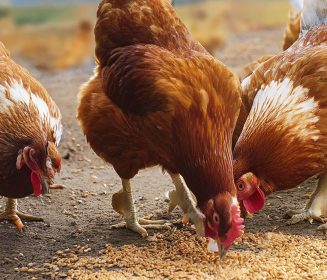
Layer Longevity Starts at Rearing
H&N Technical Team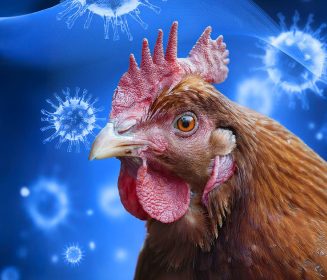
The Strategy for a Proper Infectious Bronchitis Control
Ceva Technical Team
Elevate Hatchery Performance with Petersime’s New Data-Driven Incubation Support Service
Petersime Technical Team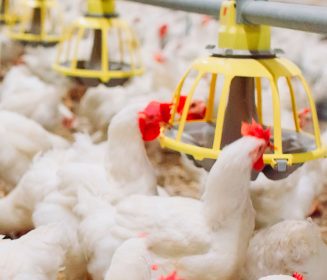
Maize and Soybean Meal Demand and Supply Situation in Indian Poultry Industry
Ricky Thaper
Production of Formed Injected Smoked Chicken Ham
Leonardo Ortiz Escoto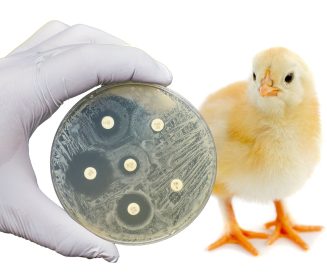
Antimicrobial Resistance in the Poultry Food Chain and Novel Strategies of Bacterial Control
Edgar O. Oviedo-Rondón
GREG TYLER INTERVIEW
Greg Tyler
Insights from the Inaugural US-RSPE Framework Report
Elena Myhre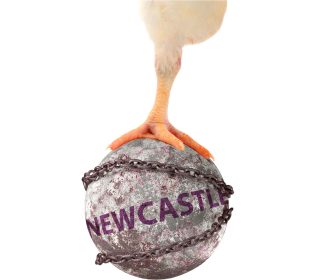
Newcastle Disease: Knowing the Virus Better to Make the Best Control Decisions. Part II
Eliana Icochea D’Arrigo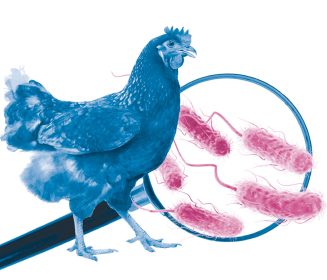
Avian Pathogenic E. coli (APEC): Serotypes and Virulence
Cecilia Rosario Cortés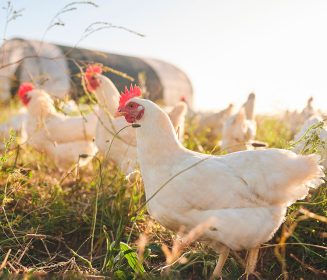
The Importance of Staff Training on Animal Welfare Issues in Poultry Industry
M. Verónica Jiménez Grez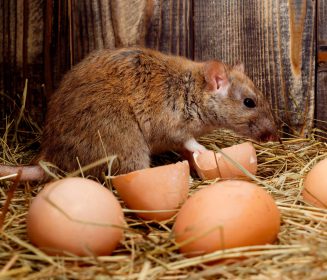
Rodent Control is a Key Factor in Poultry Biosecurity and Sustainability
Edgar O. Oviedo-Rondón